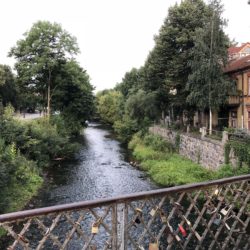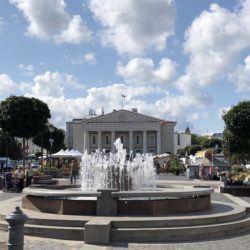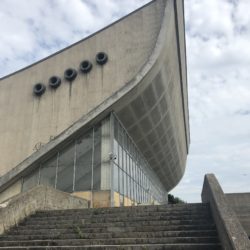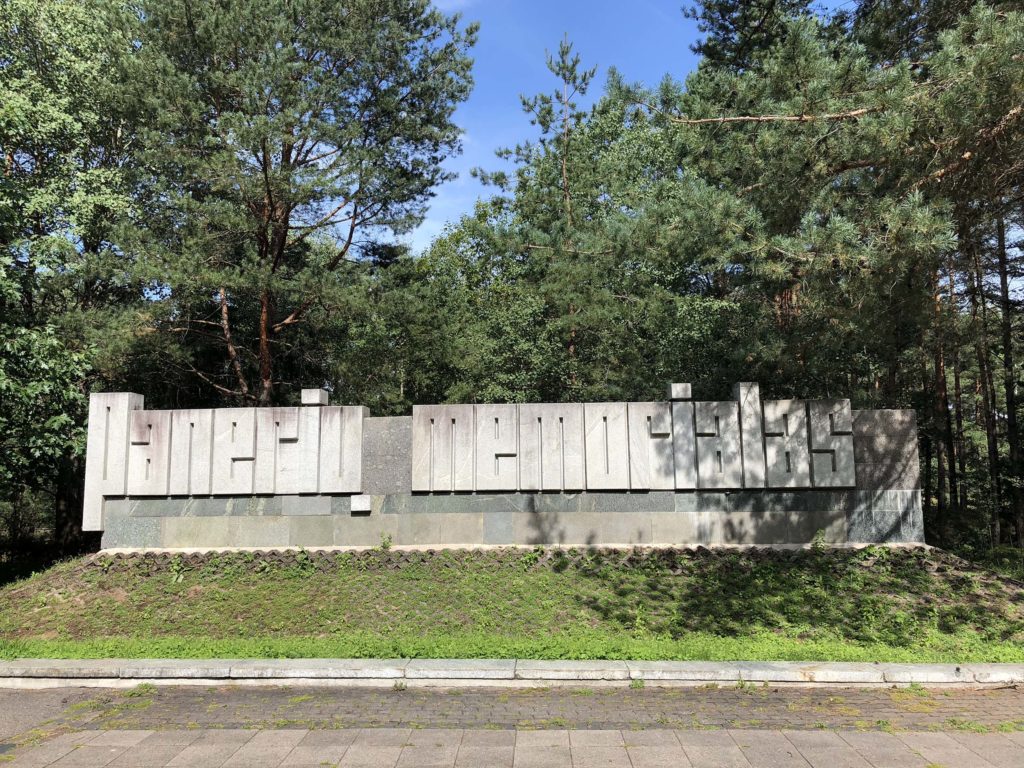
As promised in my last post about the two Soviet occupations of Lithuania, I want to devote an entire post to the Nazi occupation of Lithuania between 1941-44 that wiped out nearly all of Lithuania’s Jewish community.
It’s easy to stroll around Vilnius and observe all the reminders of the Soviet-era. Most of the brutalist architecture still stands and the monuments and statues that have been removed from the public eye are carefully stored and preserved to be trotted out at museum exhibitions and the like. The same cannot be said for Vilnius’ Jewish historical legacy.
Before World War II, there were nearly 75,000 Jews living in Vilnius, making up approximately half of the capital’s population. The Great Synagogue was built in 1630, and although it was the largest and grandest of Vilnius’ Jewish houses of worship, it was but one of many across the city. Historic Jewish homes, schools and shops were an important part of the city’s fabric.
When the Nazi Army captured Lithuania in 1941, their first order of business was to round up the Jewish population and keep them separated in the newly-established Jewish Ghetto. Their second task was to destroy any signs of Jewish heritage in Vilnius. Only one pre-war synagogue still stands today and a tour of Jewish “sights” consists of reading plaques like, “Here once stood the The Great Synagogue,” or “This marks the site of the former house of Talmud scholar Gaon Elijahu.” The Nazis not only wanted to kill every Jew, but to also erase their cultural existence as well.
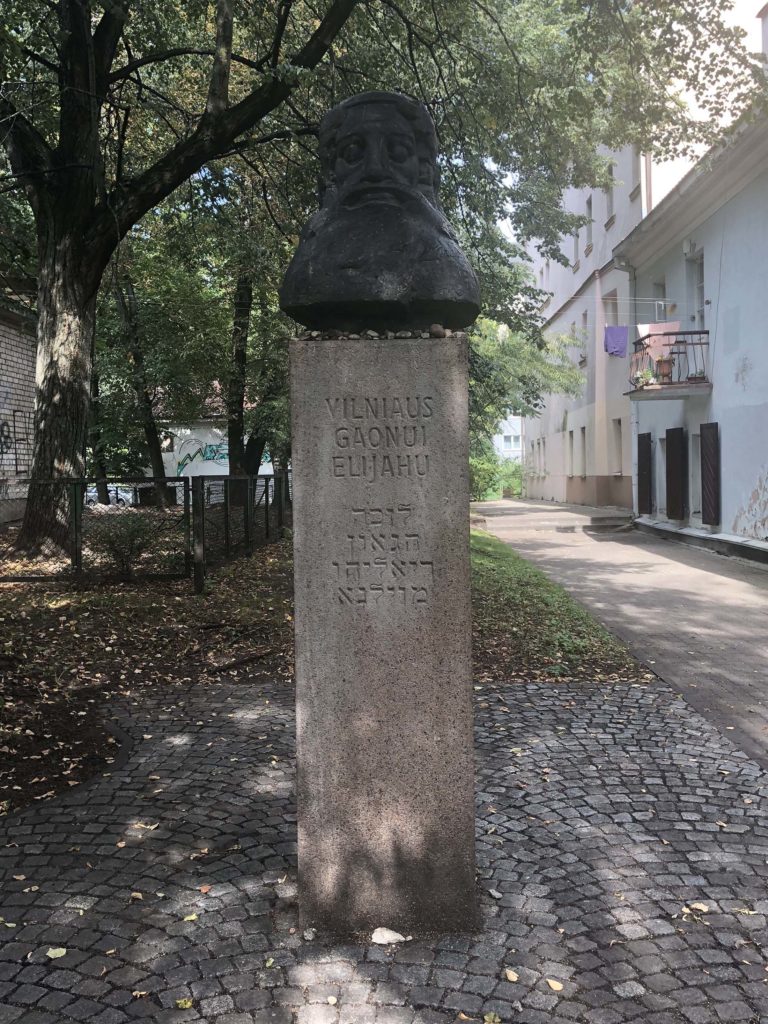
With so little left remaining of Jewish Vilnius’ historical center, if you want to learn about the past, you have to take the sobering journey out to Paneriai where, in the midst of a beautiful forest, memorials and an unassuming museum testify to the unspeakable horrors that were committed there decades ago. Of the 200,000 Lithuanian Jews who were killed during the Holocaust, 70,000 of them were killed at Paneriai. (Another 30,000 people were also murdered at Paneriai, including Soviet soldiers, members of the Polish intelligentsia and Lithuanian homosexuals.)
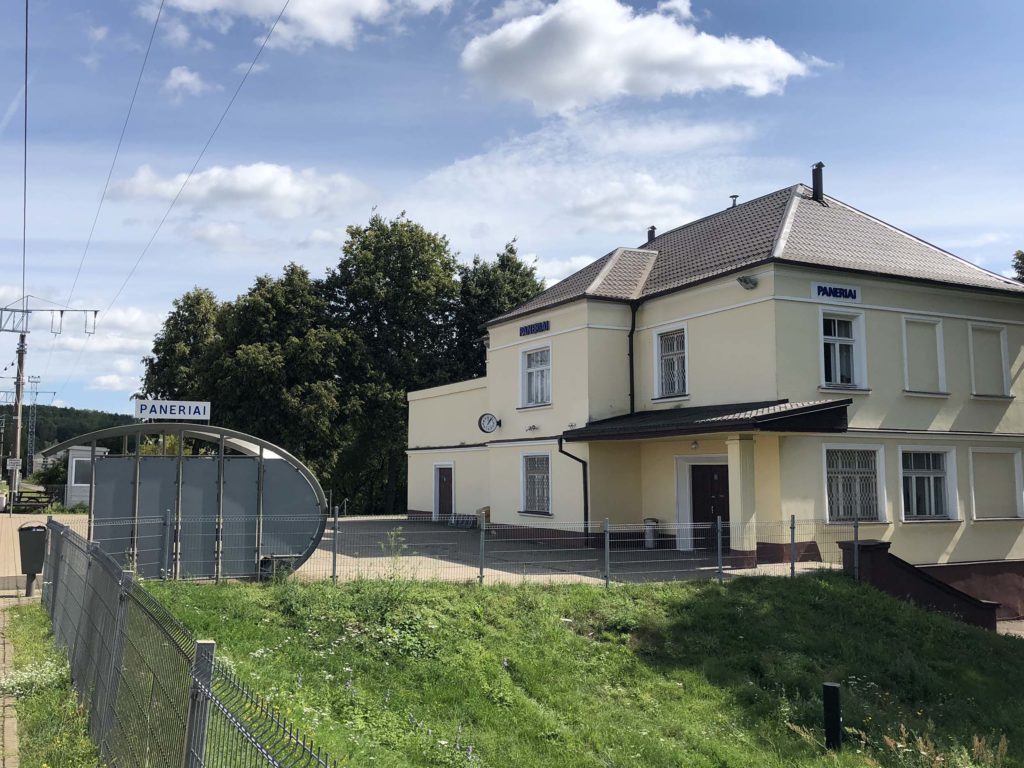
Logistically, the trip to Paneriai is an easy one. Simply go to the Vilnius train station and purchase a round-trip ticket which should cost less than two euros. The train ride will take 15 minutes after which you make a right from the train station and followed a paved path into the Paneriai forest.
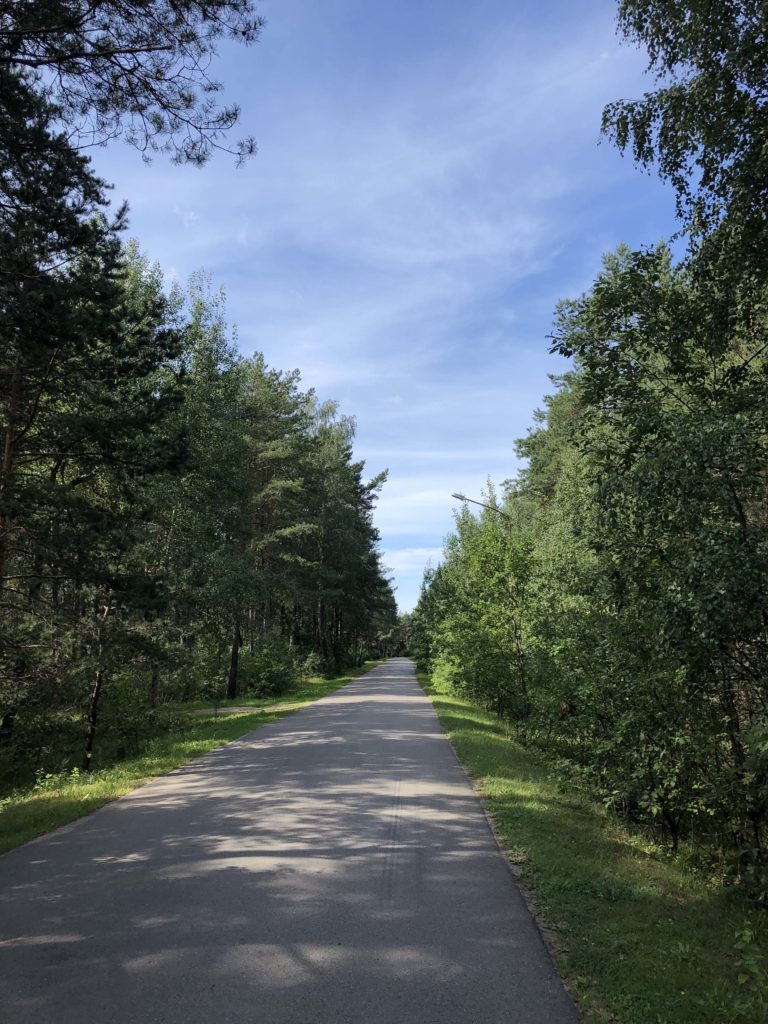
The forest is undoubtedly gorgeous. It’s easy to see how it established itself as a popular weekend getaway spot for Vilnius’ pre-war residents. During the first Soviet occupation, six large pits were dug in the forest meant for holding fuel reserves. The Soviets finished digging the pits, but the project was never completed due to the Nazi invasion; when Lithuania’s newest threat saw the pits, a more nefarious use for them was envisioned.
Life in the Jewish Ghetto took on a new normal. Shops and schools were open. Several families may have been forced to share an apartment or house, but they were able to remain together. A false sense of security could build up in the ghettos across Europe and that is when the Nazis would perform one of their “liquidations.” Families were taken from their homes in the middle of the night, put on a train and taken to a concentration camp where they were either immediately killed or worked until they died.
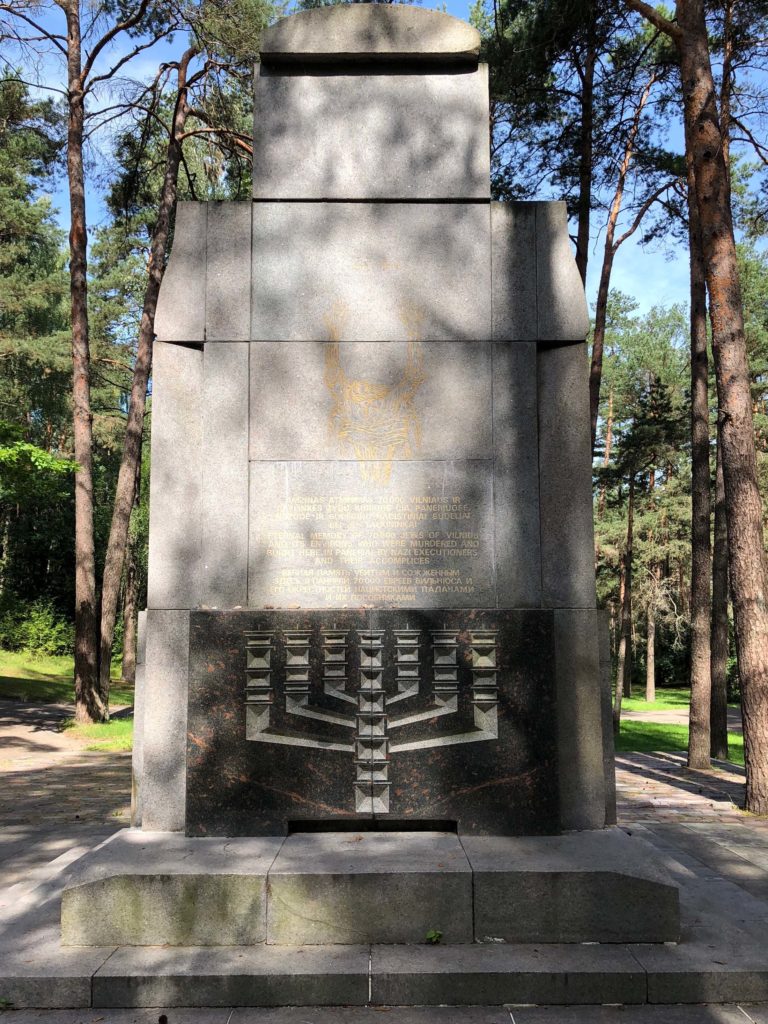
Paneriai was not a work camp; it was strictly a killing ground for those in the Ghetto who could not work. Hospital patients, the elderly, children- even an orphanage full of kids- were brought here to be executed. As many as 5,000 people were killed in a single month during the Nazi occupation.
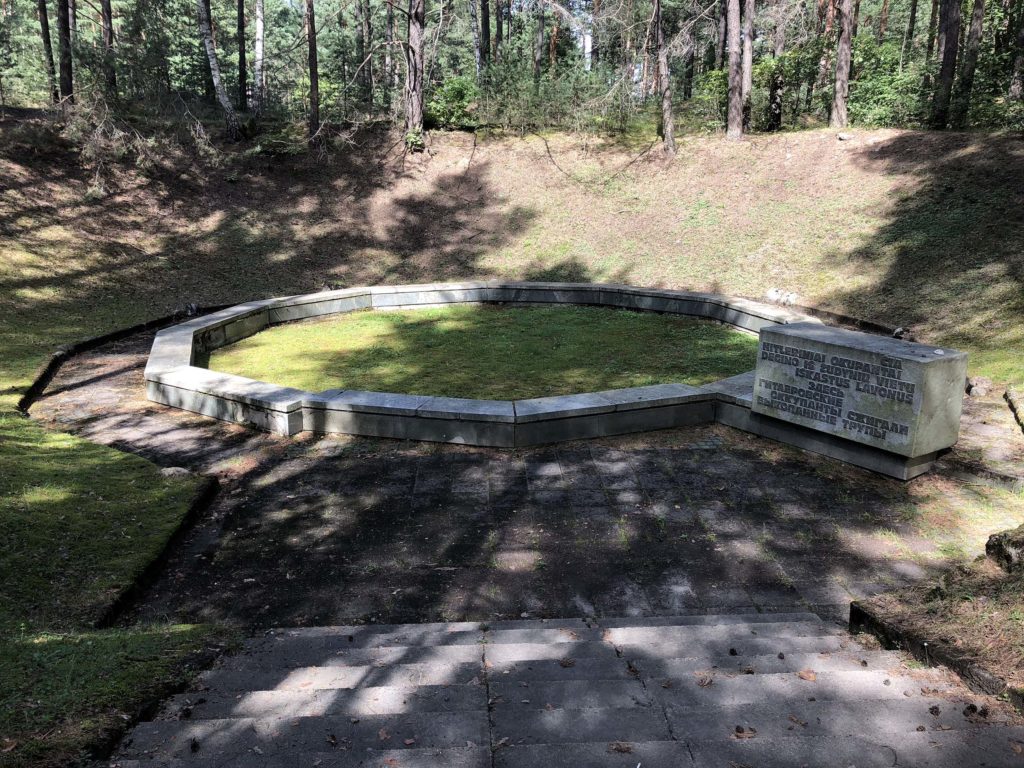
At the first pit, people were forced to take off all their clothes and throw them, along with any personal belongings inside. At the other pits, the victims were lined up, shot in the back of the head, and their bodies were dumped in the pits.
As the months passed, there was not enough room for so many corpses in the pits. The Nazis gathereed 80 Jewish prisoners (76 men and 4 women) and kept them alive in the sixth pit. Their daily job was to burn the corpses of their fellow Jews and keep the pits at acceptable levels.
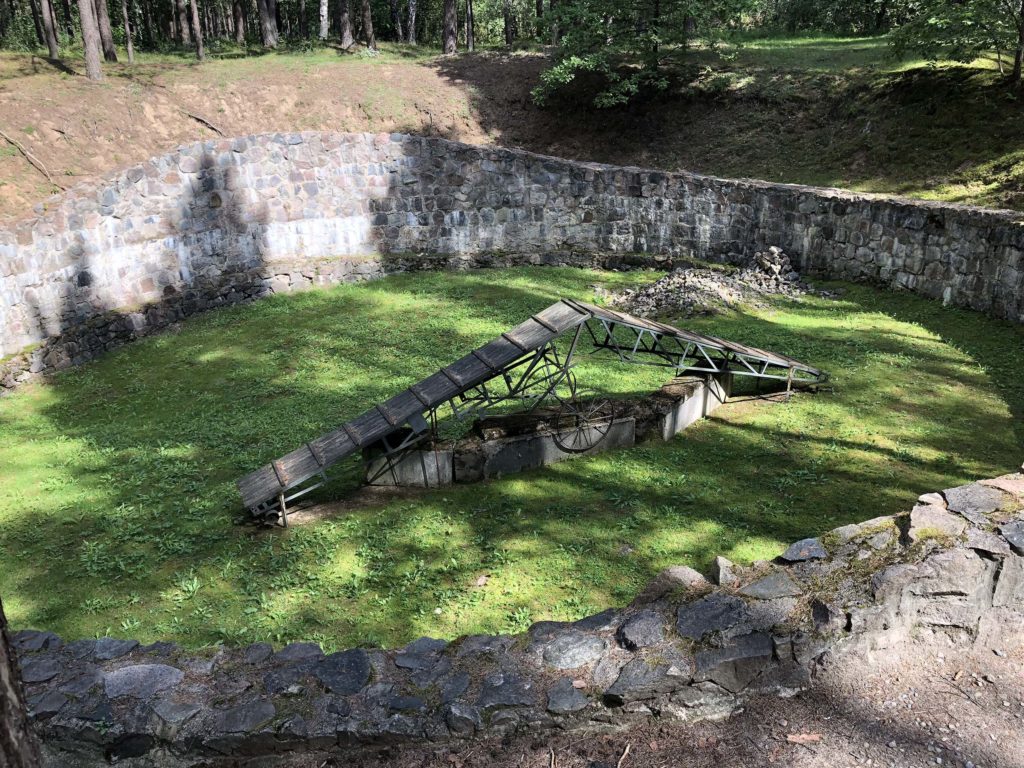
Although the prisoners were shackled together, sometimes ten at a time, they were able to slowly start digging a tunnel out of the sixth pit with spoons they had stolen from the officiers. They dug at night and covered the hole with a lice-infested cloth that the Nazis were afraid to touch. They put the excavated dirt in their pockets and emptied it throughout the day into the other pits. They had to work silently and in perfection synchronization so that their shackles wouldn’t clink and reveal the escape plan.
On April 15, 1944, the 30m (98ft) tunnel was completed and 12 prisoners escaped (one died shortly after the escape). The other 11 all lived and testified against the Nazis, recounting their crimes after the war.
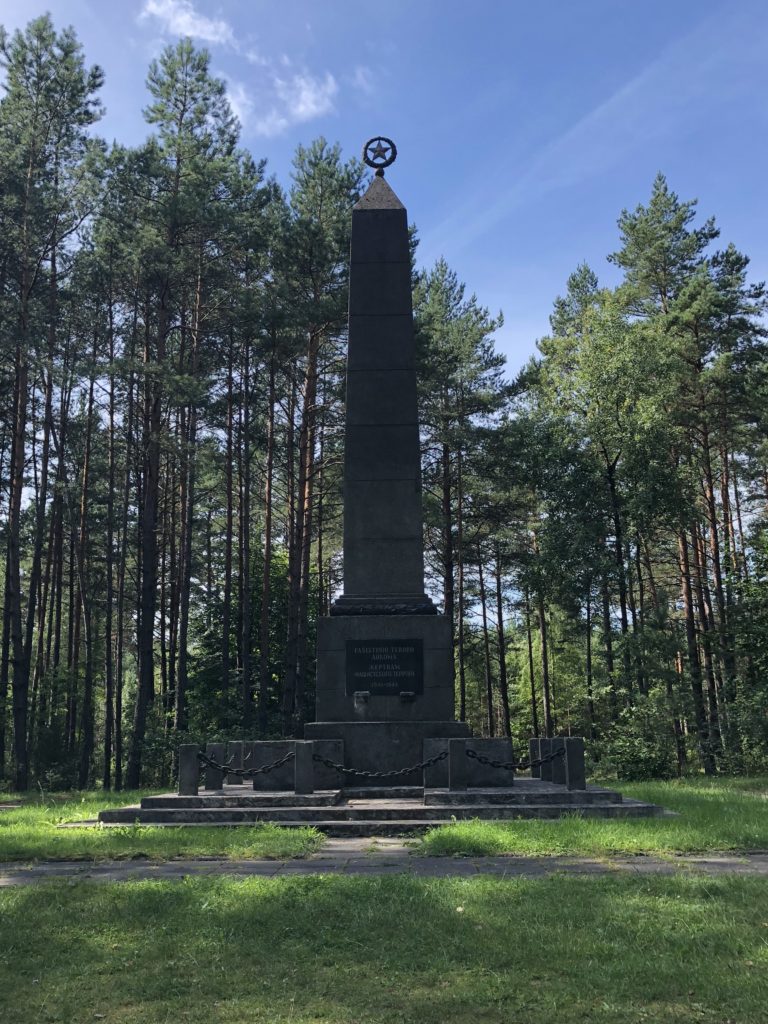
As I mentioned, of the 100,000 executed at Paneriai, 30,000 were non-Jews. In fact, the first people to be killed here were the Soviet POWs the Nazis captured when they invaded Vilnius. The Nazis used this as powerful propaganda with the Lithuanian people. “See these guys who have been occupying your country and torturing and killing your people? Well, we got rid of them, and although we’re not handing back control to you directly, we’ll be better masters. Promise.”
Obviously we know how the story ends, but in the first months of the Nazi occupation, the average non-Jewish member of society was simply relieved to see the Soviets kicked out of power. As the majority of the Lithuanian population would ultimately not bend to the Nazis’ will, anyone who opposed the party could find themselves at Paneriai.
Much like the Soviets, the Nazis also targeted the intelligentsia of a given population. Educated, free-thinkers were a threat and had to be dealt with. Thousands of learned Polish writers, philosophers and professors were brought to Paneriai to meet their fate. The Nazis also arrested 100,000 homosexuals during the Holocaust, with Lithuanian gay men executed here as well.
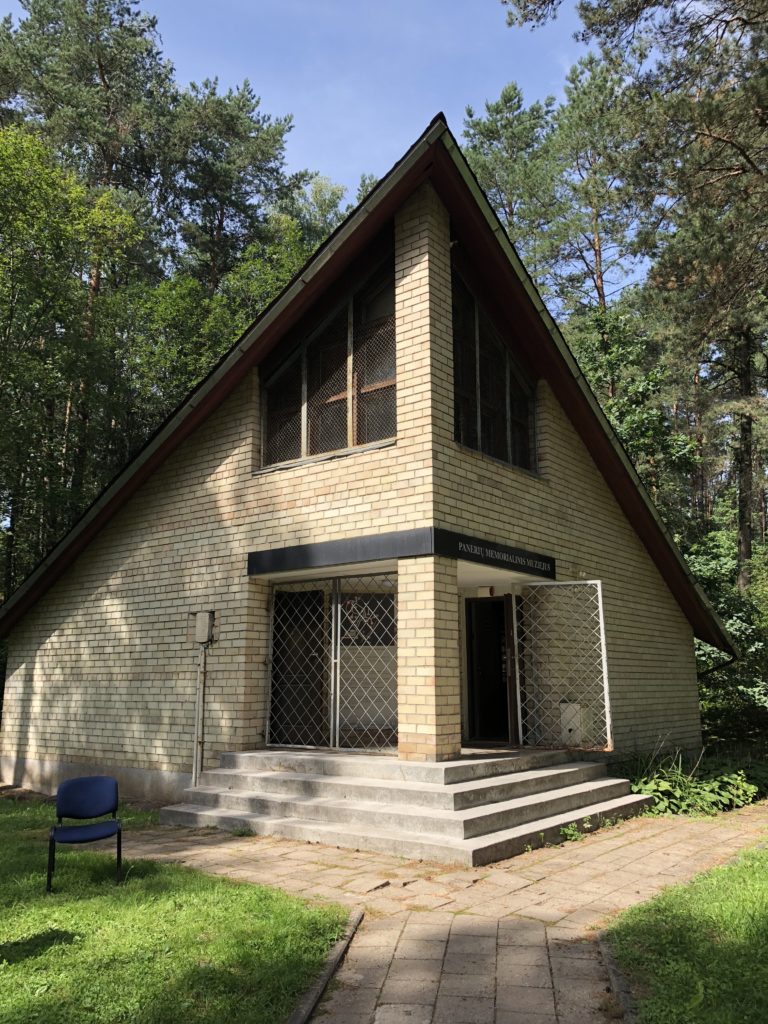
The small, but powerful museum at the memorial complex is tended to by the son of a survivor of the Vilnius Ghetto. He was very chatty and engaging, offering a nice bit of levity to the otherwise solemn experience. It’s free to tour the grounds and enter the museum, but donations are of course accepted.
Talking with this descendant of a survivor, I really felt the urgency he had to make sure his father’s story and the stories of others less fortunate still get told and aren’t relegated to the footnotes in history textbooks. Without these memorials to act as living reminders, the past simply fades away, much like the synagogues and other Jewish sights that were destroyed by the Nazis (and finished off by the Soviets in their second occupation). As the years pass and fewer survivors remain to tell their own stories, the burden is on us to keep their memories alive and not let the world forget what happened during this dark period of human history.
